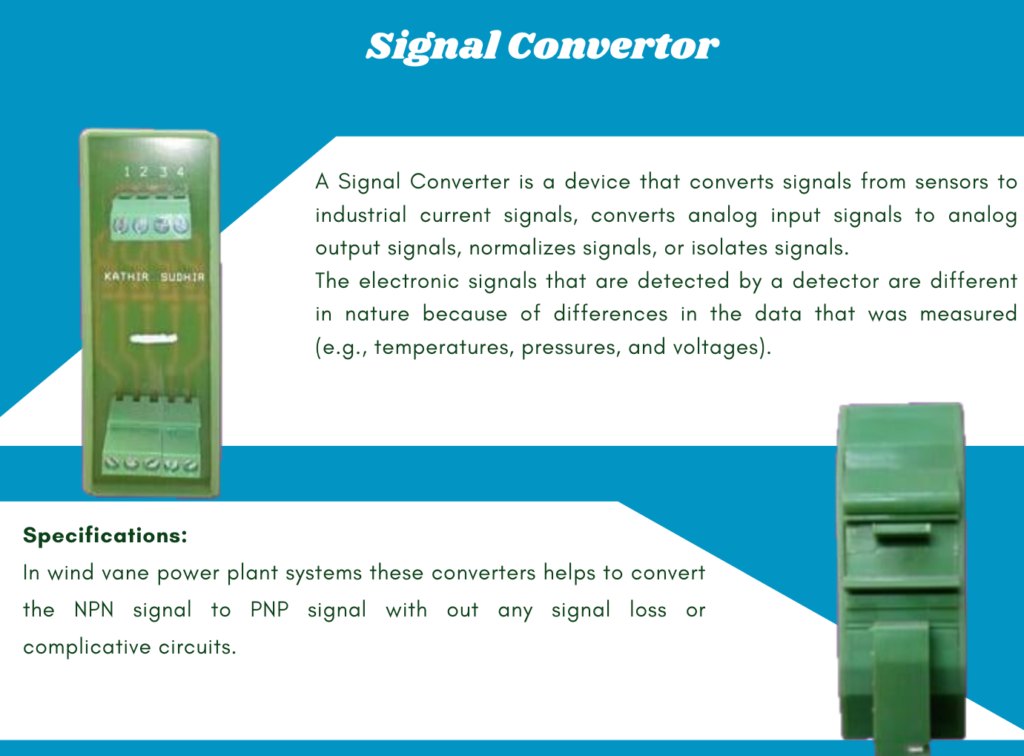Introduction: Signal conversion plays a pivotal role in the world of electronics and automation. A frequent challenge faced by engineers and hobbyists alike is converting NPN (Negative-Positive-Negative) signals to PNP (Positive-Negative-Positive) signals. In this comprehensive blog post, we will delve into the intricacies of this conversion process, offering an in-depth look at its significance, the techniques involved, and real-world applications. By the end of this journey, you will gain a deep understanding of why NPN-to-PNP signal conversion is an invaluable skill for any electronics enthusiast NPN Signals to PNP.

Understanding NPN and PNP Signals:
To embark on this conversion journey, it’s essential to begin with a fundamental understanding of NPN and PNP signals. NPN signals are characterized by a “low” state when grounded and a “high” state when disconnected. Conversely, PNP signals are “high” when grounded and “low” when disconnected. These signal types serve specific purposes and find applications across a wide array of electronic devices.
The Importance of Signal Compatibility:
Signal compatibility is the linchpin that enables seamless communication between devices. When different components within a system use incompatible signal types, chaos ensues. By addressing the compatibility issue through signal conversion, you can ensure that all the pieces of the electronic puzzle work together harmoniously. We will explore the risks associated with ignoring signal compatibility issues and the benefits of proactively addressing them.
Methods of Converting NPN to PNP Signals:
There is no one-size-fits-all solution for NPN-to-PNP signal conversion. Hardware solutions may involve transistors, inverters, or optocouplers, while software solutions can harness the power of microcontrollers and programmable logic devices. This blog post will walk you through the pros and cons of each approach, considering factors such as cost, complexity, and flexibility.
Hardware Solutions:
For those who prefer tangible solutions, hardware components like transistors, inverters, and optocouplers can prove invaluable in the quest to convert NPN to PNP signals. Detailed step-by-step instructions and circuit diagrams will empower you to implement these hardware solutions confidently.
Software Solutions:
Alternatively, software solutions provide a versatile approach, especially when microcontrollers and programmable logic devices are involved. We’ll explore how to program these devices to convert NPN signals to PNP signals, and provide example code snippets for different platforms. By the end of this section, you’ll have a solid grasp of how software can be harnessed to solve signal compatibility issues.
Practical Applications:
To truly appreciate the significance of NPN-to-PNP signal conversion, we will delve into real-world scenarios where this skill is an absolute necessity. From automation systems to robotics and automotive applications, we’ll demonstrate how signal conversion is a crucial element of success. Practical examples and case studies will be used to highlight the impact and relevance of this conversion process in various industries.
Case Study: Converting NPN Sensors for PLC Integration:
In this section, we will present a detailed case study of converting NPN sensors to PNP signals, specifically for integration with Programmable Logic Controllers (PLCs). The case study will provide insight into the challenges faced and the remarkable benefits reaped through successful NPN-to-PNP signal conversion.
Troubleshooting and Common Pitfalls:
As with any technical endeavor, signal conversion may come with its share of challenges. In this section, we’ll address common issues that can arise during the conversion process and offer troubleshooting tips and solutions for those encountering difficulties.
Future Trends and Technologies:
The world of electronics and automation is ever-evolving. In this section, we will discuss emerging technologies and trends related to signal conversion. You’ll gain insight into how advancements in the field are making signal conversion more efficient and accessible, setting the stage for the future.
Conclusion:
In summary, this comprehensive exploration of NPN-to-PNP signal conversion provides a roadmap for electronics enthusiasts, hobbyists, and professionals seeking to address signal compatibility issues in their projects. By delving into the basics, methods, practical applications, and future trends, we aim to equip you with the knowledge and tools to unlock the full potential of your electronic systems. Whether you’re working with sensors, automation systems, or other electronic devices, the ability to convert NPN signals to PNP signals is a valuable skill that can open doors to greater versatility and innovation in your projects.
